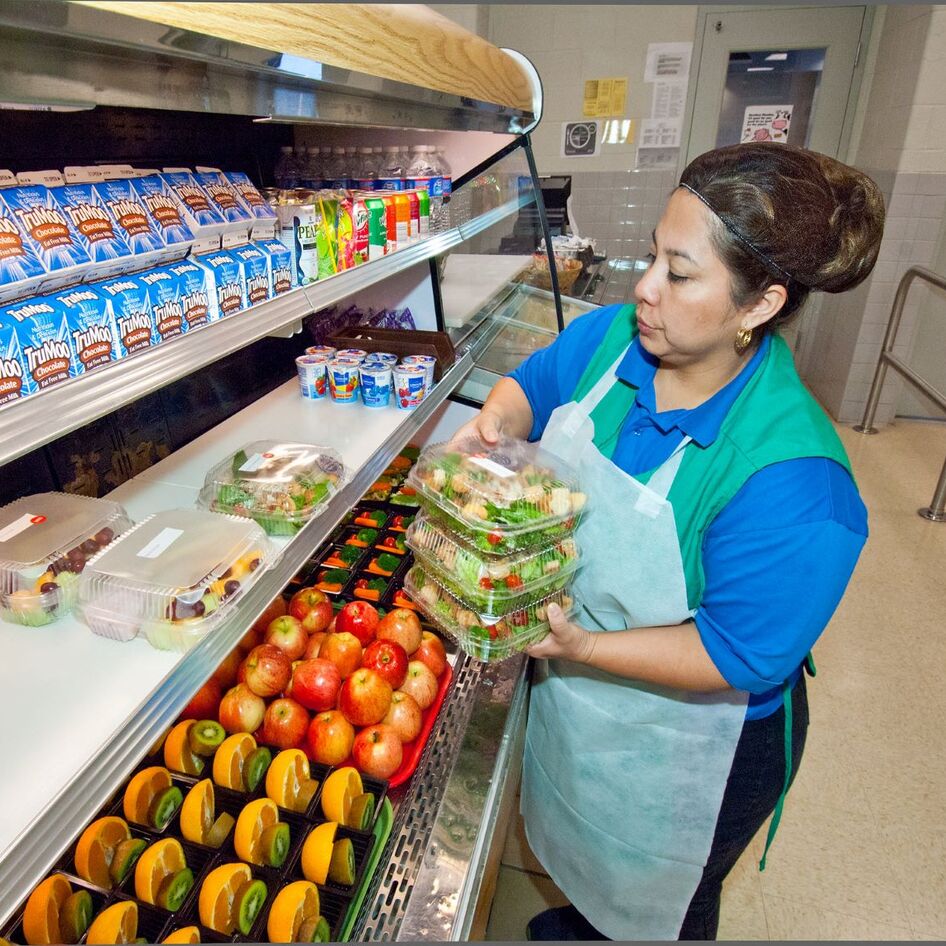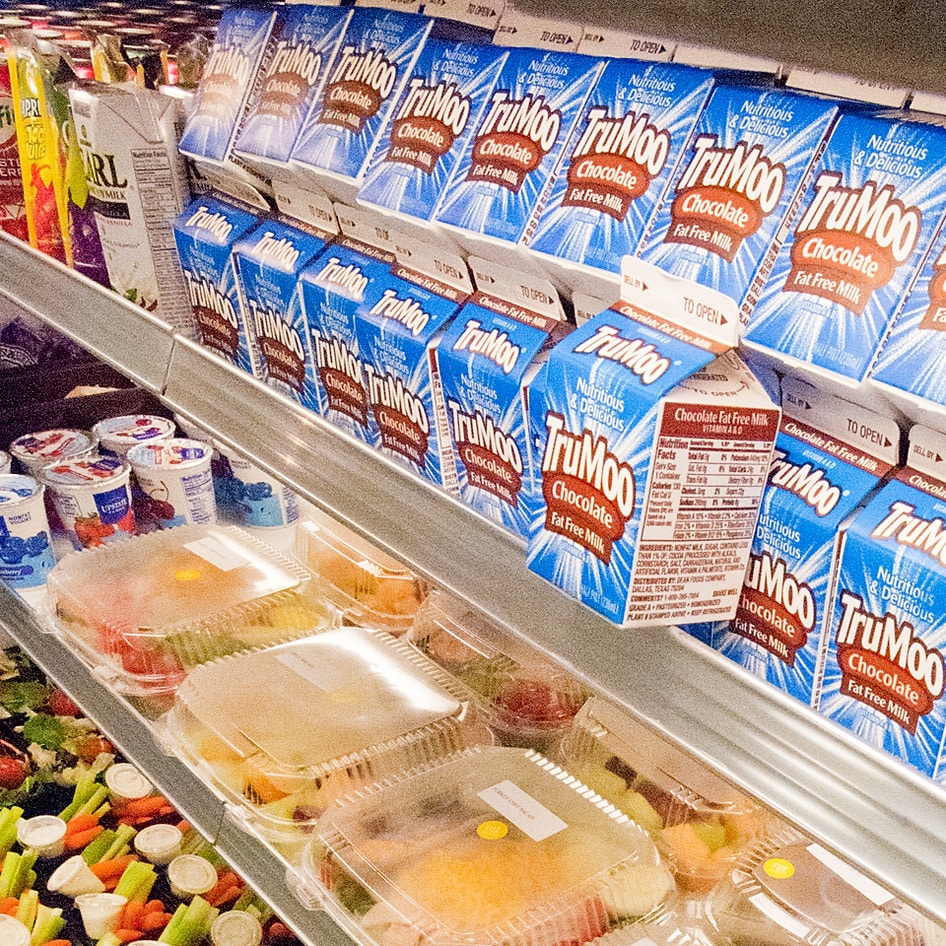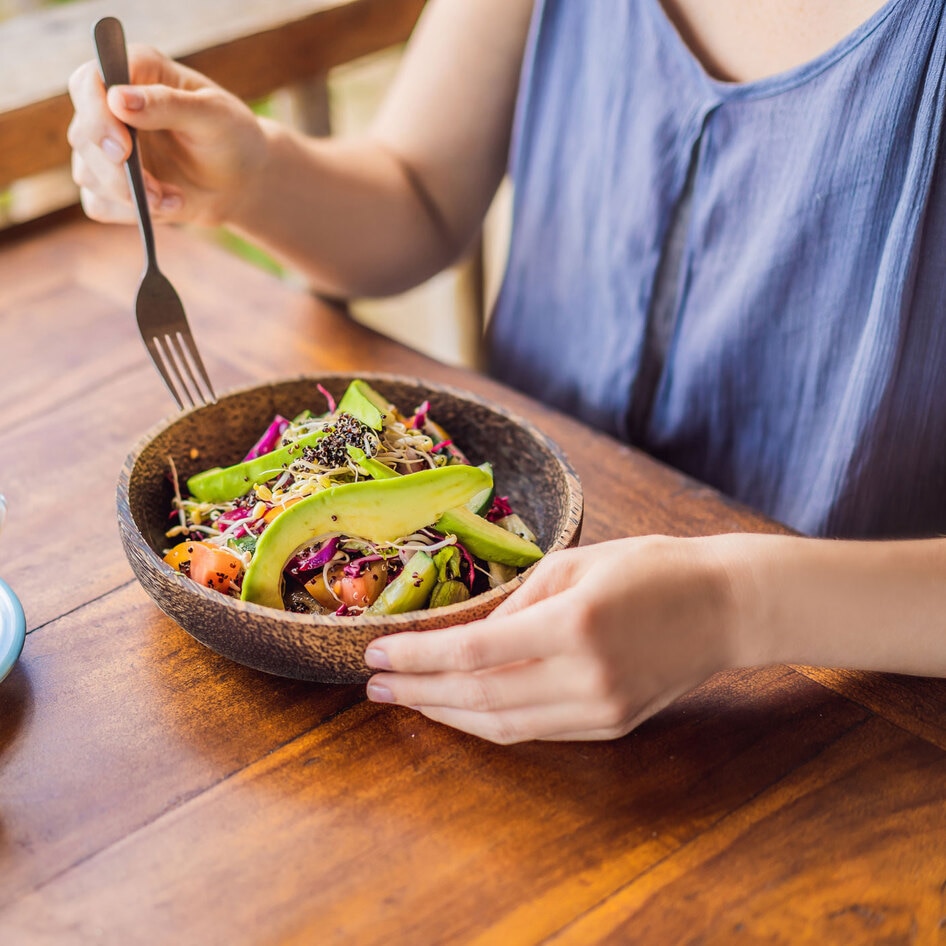Vegetarian School Lunches: Dream or Reality?
Veg options are up in school cafeterias, so what’s standing in the way of nationwide seitan sandwiches?
August 29, 2009
If the current trend continues, the days of iceberg lettuce lunches may soon be the distant past for US students. According to a recent US News & World Report, the public school system has seen a 40 percent increase in the number of vegetarian-friendly cafeterias since 2003—almost two out of three, according to the School Nutrition Association. The Association’s report also showed 20 percent of schools serving a vegan entrée option, mainly at the high school level. Considering the past negligence of the National School Lunch Program towards plant-based diets, the figures surprised and pleased many. While it’s an improvement, is it enough?
This September, the Child Nutrition Act, which provides the guidelines for national school breakfast and lunch programs, is slated to go before Congress for its five-year revision. The reform, the results of which will influence the next five years, calls for activists across the country to speak out for change. Striving to improve the state of veg students’ dining options, as well as the health of all students, organizations such as the Physicians’ Committee for Responsible Medicine (PCRM) are petitioning for change.
The main goal of PCRM’s petition is guaranteeing a vegetarian and vegan entrée option at every meal. Currently, parents may request their student receive a meatless meal, but schools retain the right to decline the request due to finances or other factors. The same allowance and loophole exists for non-dairy milk. Cynthia Long, Director of the Child Nutrition Division at the USDA Food and Nutrition Service, released a memo August 13 mandating all students have a non-dairy milk option at their parents’ written request, at no additional cost. As long as the substitute meets the “fluid milk” nutritional guidelines—including adequate amounts of calcium, protein, and vitamins A and D—students can swap their cow’s milk for a carton of soymilk instead. “However, in some situations, cost may be a legitimate reason for declining to offer a milk substitute to a child with a medical or special dietary need,” writes Long.
For many schools, cost is the overwhelming factor holding cafeterias back from a massive makeover. Gradually, more low-fat foods are working their way onto the menu, but economic conditions aren’t making change sustainable. Based on the current nutrition plan, schools receive $2.62 for each “free” school meal they provide, but production costs average $2.92. Ultimately, adding higher-quality foods will cause the price of production to rise with no additional compensation, keeping healthy foods at bay. In the past year, approximately 60 percent of schools have been forced to raise lunch prices to offset costs.
To worsen the price predicament, healthier foods such as fruits and vegetables are largely ignored by government subsidies, meaning they aren’t provided to schools at low or no cost, unlike their animal-product adversaries. In 2005, the government spent $385 million on beef and cheese, most used for school lunches. Fruits and vegetables garnered $50 million. The juxtaposition of these figures sheds light on the fact that one in three people born in 2000 will develop diabetes, according to the Centers for Disease Control and Prevention.
While school lunches don’t exclusively determine the health of students, a daily balanced plant-based meal can make a significant impact. More than half of US children take their lunch in the cafeteria, equaling 28 million lunches each day. To remedy the ailing health of the School Lunch Program, PCRM’s multi-prong plan corrects the weak areas holding back healthy foods. Along with a daily veg option and non-dairy milk without parental consent, government subsidies would be redirected to include more fruits and vegetables, taking the pressure off schools to front rising costs.
JUMP TO ... Latest News | Recipes | Guides | Health | Shop







